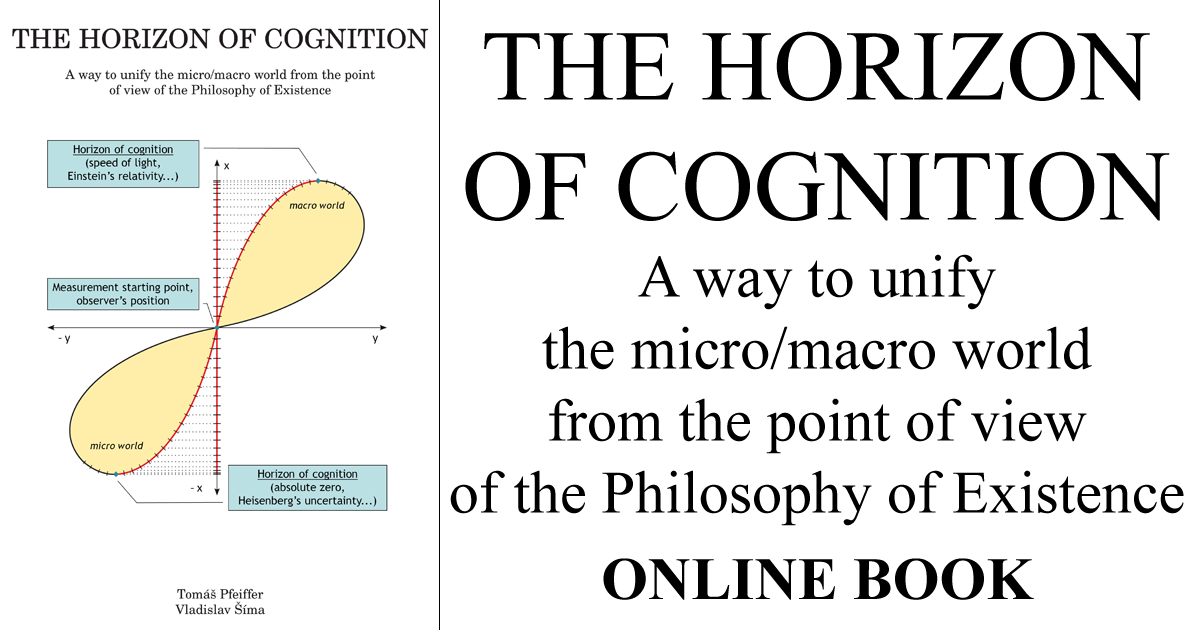Chapter 5
Unifying perspectives
5.2 Does God play dice?
In his famous letter to Max Born in 1944, Albert Einstein wrote [55]:
„You believe in the God who plays dice, and I in complete law and order in a world which I, in a wildly speculative way, am trying to capture. Even the great initial success of the quantum theory does not make me believe in the fundamental dice-game, although I am well aware that our younger colleagues interpret this as a consequence of senility. No doubt the day will come when we will see whose instinctive attitude was the correct one.“
We have previously explained the uncertainty of quantum mechanics as a manifestation and consequence of the horizon of cognition. Although the statistical behaviour of the micro world with all its wave consequences – geometric, forces, quantisation, or quantum entanglement – quite evidently does manifest itself in that manner (and we can consider it real), there is also a fractal veil, curtain, that hides other real worlds. Both views are valid simultaneously: the fractal view and the energy-vibrational view in which the mass of particles is concentrated energy.
The wave, quantum and chaotic manifestations we observe are closely connected to our fractal world – they are its dynamic manifestation and their indisputable existence is given and conditioned by the horizon of cognition.
The causal chaos observed in 3D can be order without any randomness or causality from a 4D point of view. All levels of existence in the sub- and superuniverses exist simultaneously, thus creating a dimensionless sphere in all their possible 3D passages (which we “choose” between).
It is therefore necessary to realise that what we consider to be reality is in fact only one of an infinite amount of interconnected, parallel and timelessly existing levels of our dimensionless sphere – i.e. a set of everything that may exist in 3D (and thus does exist in 4D). In the infinite fractal circle of all self- similar universes, these levels are then completely fulfilled (and thus also observed) in all their infinite variety and diversity.
We can therefore say that, although our consciousness does not create reality, from a 3D perspective, it does co-create it (as it looks into the micro and macro world). Philosophically, the consciousness of a human (a being) can be understood as one of the two poles of overall existence. The second pole is the central unchanging and timeless thought manifested in the 4D structure of our world.
And so, we can say that Einstein’s intuitive view was quite simply true. From our limited 3D perspective, we can only understand God causally (i.e. only partially), for instance as the primary cause of all causes. His 4D component, self-projected into everything that can exist, surely does not play dice.
From philosophical point of view, we can therefore consider randomness and chaos as properties of our brains, not of spacetime. The infinite structure must encompass EVERYTHING, here and now.
Read more >>

